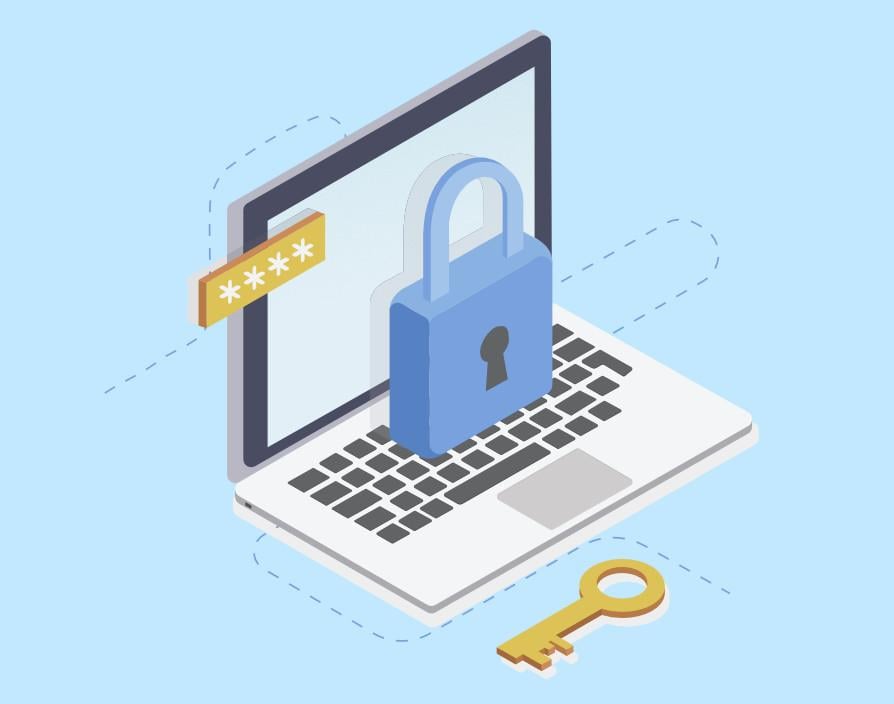As an artist, watermarking your work is an essential practice that helps to safeguard the ownership and reputation of your brand and products. Whilst these small stamps go a long way, many creatives are failing to practise the same level of protection for the entirety of their business.
In today’s market, avenues to share and sell our work online have become even more mainstream, which has enabled the value of digital content to rise as well. This has meant that our work is becoming progressively vulnerable to cyber threats.
According to Ernst & Young’s 2021 Global Information Security Survey, over three in four people surveyed said they have seen an increase in the number of disruptive attacks following the Covid-19 pandemic. With significant shifts to distributed working in that time, proactivity is essential to help business leaders to enable their teams and customers combat evolving security risks.
Businesses need to implement the right culture and tech tools that will do this. So, here is my advice for how businesses and consumers can better protect themselves and their work from today’s cyber threats.
Encryption is protection
Maintaining good security practices should be something that businesses and their employees practice on a daily basis. Of course, no company is completely guarded against disruptive attacks, but, there are certainly things they can do to lower the chances of being affected.
Encryption is one of these features. Data encryption ensures that no unauthorised person can access, understand or use your data – even if they get past security frameworks. This helps you to protect confidential information and intellectual property, all whilst collaborating remotely.
Businesses should be making end-to-end encryption the norm, so that data is encrypted right from the moment it leaves the device in the hands of the user, to when it is uploaded to the server they are using. It should then stay encrypted until the user decides to access their content again.
This essential feature is seeing heightened demand from customers, who are looking for built-in functionality and features that support it.
Protect your passwords like you would your keys
Mismanaging your passwords is one of those security risks that many businesses – and individuals – don’t even think about. With so many devices and accounts, users’ primary concern is creating a password that is easy and memorable. After all, you want to avoid wasting time resetting passwords and trying to remember answers to security questions, when all you want to do is access your bank or watch your favourite show.
However, opting for an easy password is dangerous, and most of us know it already! One security study found that the password “123456” was the most popular among breached accounts – used for more than 23 million passwords. Other top choices included “qwerty” and “1111111”.
Using these easy-to-remember, but easy-to-breach passcodes is like leaving your front door keys hanging in the lock. A good password manager is a cost-effective way to help your businesses store, generate and manage passwords to keep your content and your employees safe. It also saves you time, so that you can efficiently log into different accounts, with centralised control that allows you to manage permissions.
Whatever your business, security matters. Businesses already have a breadth of examples to learn from in the industry, so they need to act now so that they can give themselves the protection they need, and their work deserves.
Share via:








































